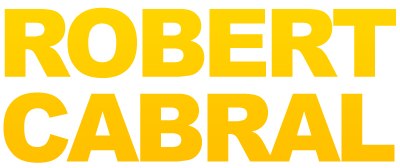
Saul
MemberForum Replies Created
-
Hi @zmwt ,
Based on what you’re saying, a no should basically be a “punisher”, as in, it should be associated firmly with something negative, but you should try to use it as little as possible and rather train the dog to do alternate behaviors when they’re doing things they’re not supposed to, does that sound right?
Thanks
-
Hi @zmwt ,
Thanks for the detailed explanation
I had some followup questions if you didn’t mind:
1-I understand the concept of the no, followed by a correction, but the concept of the “don’t” I don’t quite understand. What I don’t get is how you would train the dog what “don’t” would mean? Would that be after correcting it? Or would it be before the “no” correction, and eventually the dog would understand?
2-For the collar correction, for a puppy, do you recommend a martingale of slip lead?
3-Are you saying you don’t use food rewards for training? Or just for correcting behavior? I’m curious because I was trying to see if there was a way to train without treats
Thanks!
-
Hi Cara,
That’s a very interesting approach, what you’re saying is you basically use “good” as the terminal reward marker in the beginning when luring, then once the dog has a grasp of the command, you use “yes” as the reward and release marker?
-
Hi Riggan,
Thanks for the reply, my question is basically how to train a dog to be familiar with a release marker?
Thanks
-
Hi Bill, thanks for your in depth reply, my question ultimately is how do you train a dog to be familiar with a release word and not confuse it with a reward marker since both the release marker and terminal marker provide a reward at the end?
Thanks

